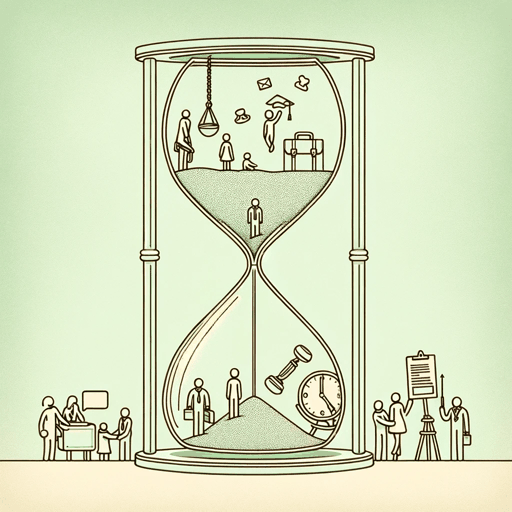59 pages • 1 hour read
Clayton M. ChristensenThe Innovator's Dilemma: When New Technologies Cause Great Firms to Fail
Nonfiction | Book | Adult | Published in 1997A modern alternative to SparkNotes and CliffsNotes, SuperSummary offers high-quality Study Guides with detailed chapter summaries and analysis of major themes, characters, and more.
Part 2, Chapters 9-11Chapter Summaries & Analyses
Part 2: “Managing Disruptive Technological Change”
Part 2, Chapter 9 Summary: “Performance Provided, Market Demand, and the Product Life Cycle”
Over time, companies oversupply the technological improvements demanded by the market, triggering opportunities for customers to reassess their criteria for product preference. This allows entrant firms to leverage disruptive technologies to meet those priorities and become performance-competitive.
In the disk drive industry, when the 5.25-inch and 3.5-inch drives surpassed the market demand for disk capacity, the industry homogenized the two products according to the original criteria for customer preference. The personal computer market turned its attention to a new attribute—physical disk size—which allowed the smaller drive to win over the mainstream product. Later, technology oversupply would trigger another shift in criteria to value drive reliability. Once all of the product attributes have been exhausted, the products are treated as commodities.
Performance oversupply generally has a massive influence on the product life cycle, recalling the product evolution model that tracks the basis of competition across four phases: functionality, reliability, convenience, and price. Every time each phase is satisfied by performance oversupply, it triggers the next phase. Christensen compares this pattern to the industry evolution framework, which sorts customers according to early adopters, early majority, and late majority. These points correspond with the first three phases of product evolution.
Related Titles
By Clayton M. Christensen


